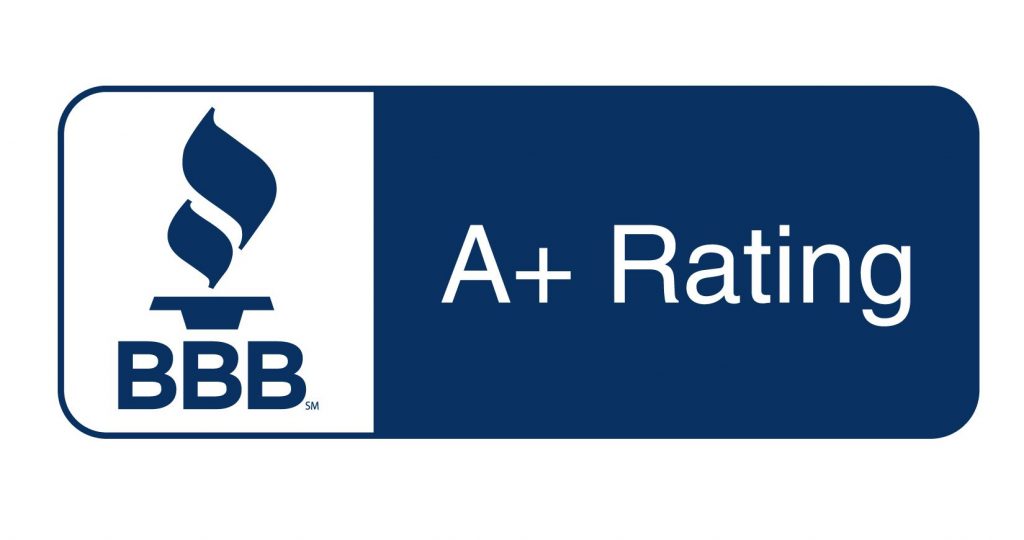Hospice care provides comfort and maintains the quality of life for people who are nearing the end of their lives. Providers focus on their patient’s physical, emotional, and spiritual needs rather than on curative treatment. Medicare beneficiaries have hospice coverage, but it’s important to know what services and costs are included in that care.
Hospice Care Requirements for Medicare
Medicare covers hospice care, but you must first meet three requirements. First, your doctor and a hospice medical director must certify that you are terminally ill and have a life expectancy of six months or less. Second, you or your legal guardian must elect palliative care (and sign a statement for it) rather than treatment for the terminal illness. Lastly, hospice care must be administered by a Medicare-approved provider.
After approval, the patient or guardian must elect the hospice benefit for two 90-day periods, followed by an unlimited number of 60-day periods. After the second 90-day period, every subsequent benefit period must include documentation that a hospice provider had a face-to-face encounter with the beneficiary. There must be documentation of the clinical findings and reiteration that the life expectancy is six months or less.
Hospice patients will have a written plan of care (POC) specific to their needs. The hospice team, attending physician, and primary caregiver create the POC together.
What Hospice Care Does Medicare Cover?
The list of hospice services covered by Medicare is quite lengthy. It includes care for the beneficiary, as well as some services for their family. The following services are included in Medicare’s hospice benefits:
- Doctor and nursing care
- Durable medical equipment (DME)
- Medical supplies
- Prescription medications for pain or symptom relief
- Nutritional counseling
- Homemaker and aide services
- Occupational and physical therapy
- Social work services
- Grief counseling (patient and family)
- Short-term inpatient respite care
- Short-term inpatient care for symptom and pain management
- Other Medicare-approved services recommended by the hospice provider
The list includes respite care, which is especially helpful to caregivers and patients. Caring for someone who is nearing the end of their life is physically and emotionally draining. For this reason, Medicare covers short-term inpatient respite care. This allows the patient to receive care at a hospice house, hospital, or skilled nursing facility so their caregiver can rest. Inpatient respite care lasts up to five days and may be requested more than once. There will be a copayment required.

Hospice Care Not Covered by Medicare
Once a beneficiary has elected to receive hospice care, there are a few things that Medicare will not cover.
Curative treatment. Beneficiaries have the right to withdraw from hospice care at any time, but they may not receive any form of curative treatment while under hospice.
Curative prescriptions. Beneficiaries are allowed drugs to control their symptoms and pain but are not allowed any prescriptions intended to cure the illness.
Unarranged hospice care. All hospice care must be provided by a single medical team. No other hospice services or providers are allowed unless the beneficiary officially changes their provider. They may still see their regular doctor if that doctor was appointed to supervise the hospice care.
Room and board. Medicare doesn’t cover room and board expenses for patients who live in nursing homes, assisted living facilities, hospice houses, or at home. Room and board are covered during a short-term inpatient respite care stay.
Emergency services. Any care received in an emergency room or as part of an inpatient hospital stay is not covered by hospice unless such care was arranged by the hospice team and is unrelated to the terminal illness.
How Much Does Hospice Cost with Medicare?
Medicare Part A provides hospice coverage, even if you are enrolled in a Medicare Advantage plan, which would otherwise take the place of Original Medicare. Beneficiaries pay very little in out-of-pocket costs for hospice care services.
Prescription drugs to control the patient’s pain and symptoms may require a small copay of no more than $5 for each medication. If a drug is not covered by hospice, the provider will contact the beneficiary’s Part D prescription drug plan to check for coverage.
If the patient or patient’s family members wish to utilize the inpatient respite care benefit, they will be responsible for 5% of the Medicare-approved cost for care.
Medicare beneficiaries can continue their coverage with either their Medicare Advantage or Medicare Supplement plan and use any benefits unrelated to their terminal illness. These policies may reduce the already limited cost-sharing requirements of Part A coverage.





